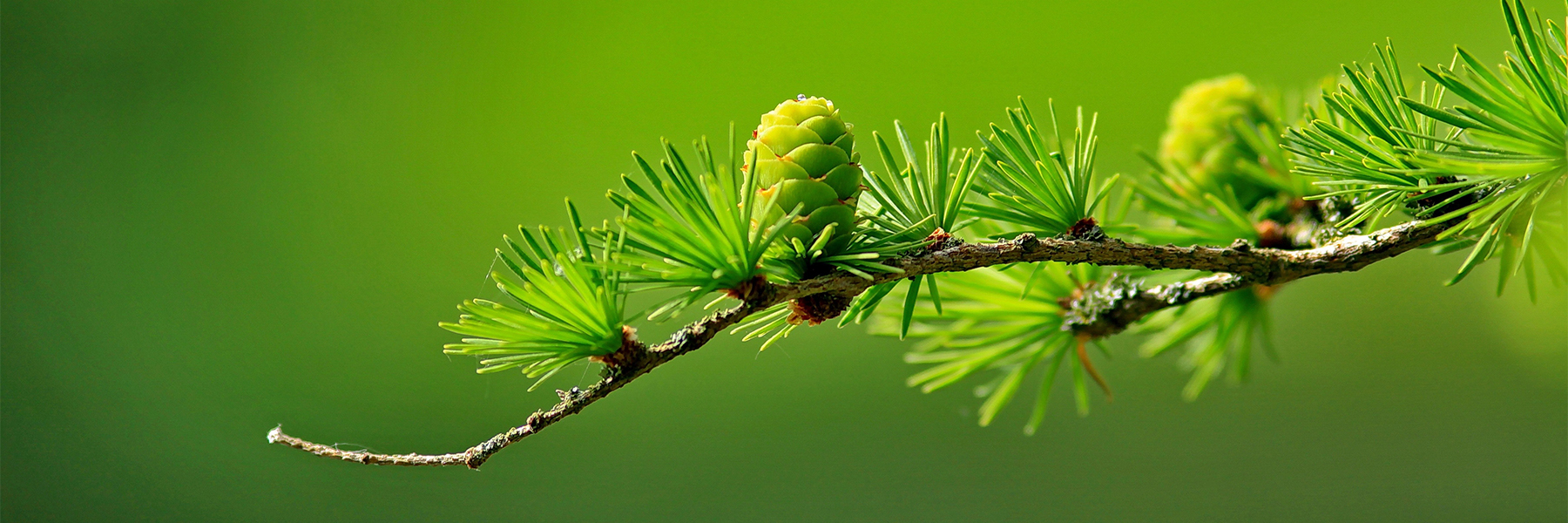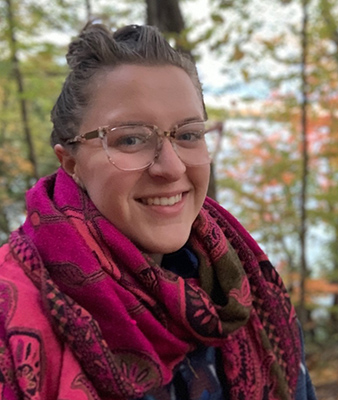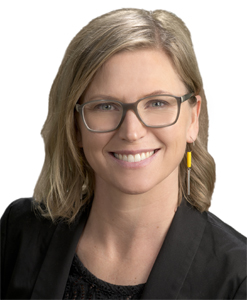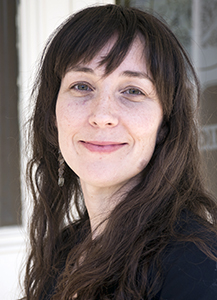
The clinic gives law students exposure to a wide variety of environmental justice activities that challenge the unequal distribution of environmental burdens and benefits in society. Students gain real-world insights into what how the law can advance sustainability.
By Elaine Smith

After being immersed in environmental policy and data management with the federal government for five years, Isabel McMurray decided that the law offered her the best opportunity to have an impact in the field and applied to Osgoode Hall Law School.
“While working for the federal government, I saw a request from the Osgoode Environmental Justice and Sustainability (EJS) Clinic for the government to conduct a regional assessment for the Ring of Fire [a mineral-rich area in Ontario] that would assemble baseline data and examine treaty rights,” McMurray says. “When the request came in, it was heartening. It made it clear that my professional interest intersected with what the law can do.”
It also sharpened McMurray’s interest in Osgoode Hall Law School. “I saw Osgoode actually doing environmental law,” adds McMurray.
Now a second-year law student, McMurray is deepening her knowledge of environmental law with a placement opportunity made possible by the same EJS Clinic that initially caught her attention, one of the many experiential education opportunities offered by Osgoode. After being selected for the clinic through a competitive process, McMurray is doing a placement, spending 15 to 20 hours weekly throughout the school year working for Olthuis, Kleer, Townshend, a Toronto law firm that specializes in Indigenous legal issues, where she is supporting a hearing.
“There’s lots of research, writing and spreadsheets, as well as thinking through large arguments and seeing how the minutiae of smaller arguments build momentum toward these bigger questions,” says McMurray. “Environmental law came about in the 1970s to regulate pollution and then turned to regulating mineral extraction, but it can also be applied outside these boundaries to wider issues.”
In fact, the ESJ team defines environmental justice as mobilizing environmental, civil rights, anti-racist, anti-poverty, Indigenous rights and feminist agendas to challenge the unequal distribution of environmental burdens and benefits in society. By contrast, sustainability involves the simultaneous pursuit of ecological integrity, social equity and economic prosperity within the biophysical constraints of local and planetary ecosystems. The clinic’s mandate encompasses a broad range of subject matter, including biodiversity, energy, water, food, climate change, pollution, resource extraction and land use planning.

Osgoode Associate Professor Dayna Scott, who is also in the Faculty of Environmental and Urban Change, one of the clinic’s co-directors and the York Research Chair in Environmental Law & Justice in the Green Economy, believes it’s important “to have a place for students interested in environmental justice and sustainability to get experience across theory and practice. It allows them to make connections in the field and to test out environmental law in practice.”
Her colleague and co-director, Osgoode Associate Professor Estair Van Wagner, says the clinic “complements an academic understanding of environmental work by being out in the field. There is a small pool of organizations that do this type of work and they identify an issue where they can use a student’s help. The student becomes part of their legal team, whether that means working on law reform, litigation or environmental assessment.”
In addition to their placements, the EJS students attend a weekly seminar with the directors where they discuss broader legal ideas. They also work on group projects with community partners. One of the projects this year is a follow-up to the letter the clinic wrote to the Impact Assessment Agency of Canada, the same letter that drew McMurray to the program. The group is looking at what the impact of mining will be in a region where there is none to date; if it is undertaken, what supporting infrastructure, such as roads, will be needed and what would their environmental impact be.
“These projects evolve,” said Van Wagner. “The students learn that in practice, they must respond to the needs of the community, so they must change and adapt. There are frustrations, but it is a good experience. They see that their work must support the priorities of these community organizations; it’s an introduction to community-centred lawyering.”

The directors also have other goals for the students in their clinical program.
“We want them to think quite broadly about what environmental sustainability means; how our relationships with land intersect with issues of social and racial justice,” says Van Wagner. “It should expand their notion of the environment and how organizations might work together in the future.”
Scott said she would like the students to leave the program “understanding that they have some power and influence on what environmental law is and how it will be drafted in the future. They can make the law what they need and want it to be for their children's future.”
The clinic also assists students in preparing for their legal careers.
“Many of the students make valuable connections,” adds Scott. “They gain skills and knowledge that will serve them well in the interview process later and they also get a better understanding of the type of work they want to do after graduation.”
Clinical placements also make the field stronger.
“They are doing actual good work that needs to get done, and some community organizations don’t have the resources to hire someone to do it,” says Scott. “They are making an important contribution.”
Adds Van Wagner, “We can see them making contributions in a way that is satisfying and they are supporting work we want to do ourselves.”
For McMurray, the clinical experience has been invaluable.
“It has shown me that I’m on the right path,” she says. “I learn in classes, but I also learn by doing. It’s cool to see what environmental law looks like in practice and all the different things it can mean.”
